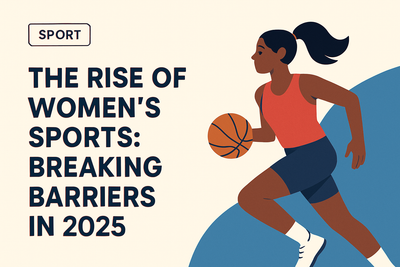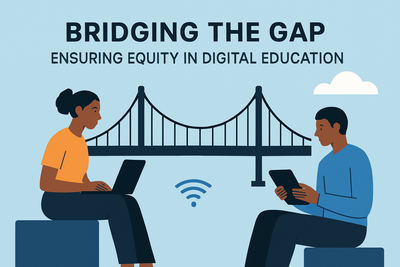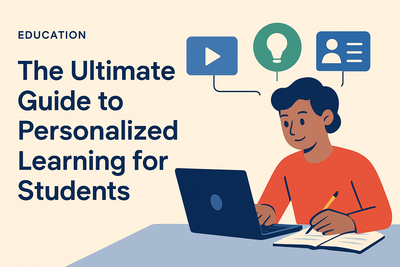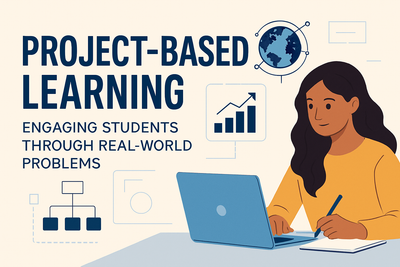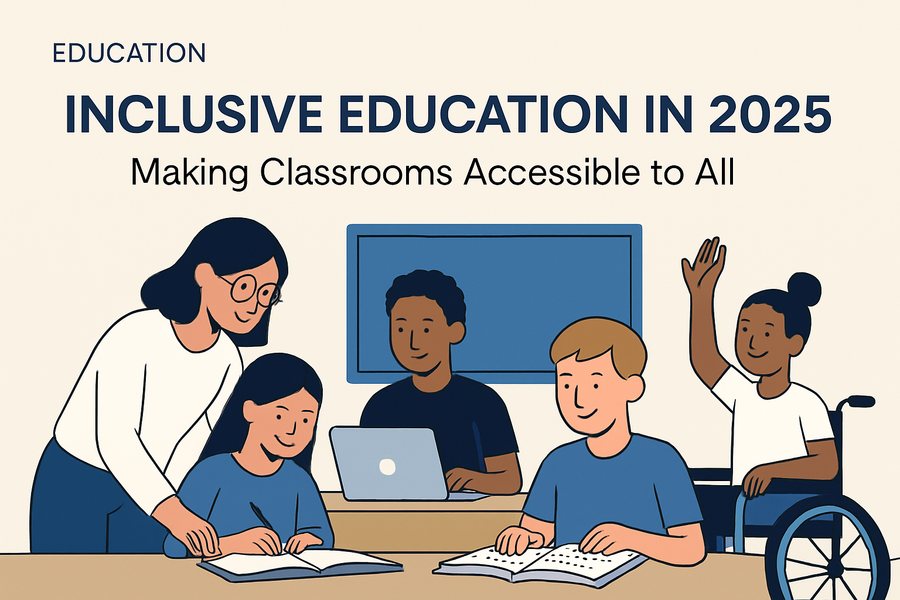
Introduction
As we step into 2025, inclusive education has become more than just a buzzword—it's a global movement aimed at ensuring every student, regardless of ability, background, or circumstance, receives equitable access to quality learning. The push for inclusion is transforming the educational landscape, creating classrooms that celebrate diversity and foster belonging.
The Evolution of Inclusive Education
Inclusive education has evolved from special education models that segregated students with disabilities into separate classrooms. Today, it embraces a holistic approach that integrates all learners into general education settings. This shift acknowledges that diversity enriches the learning experience for everyone.
In 2025, inclusive education focuses not only on physical accessibility but also on curriculum adaptation, teacher training, and social integration. The goal is simple yet powerful: to create learning environments that are welcoming and supportive for all students.
Key Strategies for Inclusive Classrooms
1. Universal Design for Learning (UDL)
Universal Design for Learning is a teaching framework that accommodates individual learning differences. In 2025, UDL is widely adopted, offering multiple means of engagement, representation, and expression. This helps students with varying abilities access the curriculum in ways that work best for them.
2. Assistive Technology
From screen readers and speech-to-text apps to interactive whiteboards and AI-powered learning tools, technology is a game changer in inclusive education. Schools are leveraging these innovations to support students with disabilities and ensure they can participate fully in class activities.
3. Teacher Training and Professional Development
Educators are the cornerstone of inclusivity. In 2025, ongoing professional development equips teachers with strategies for differentiated instruction, cultural competency, and behavior management. Collaborative teaching models, such as co-teaching between general and special education teachers, are becoming the norm.
4. Policy and Legislation
Governments worldwide are strengthening policies that mandate inclusive practices. Updated education acts and funding frameworks prioritize accessibility initiatives, accountability measures, and data-driven improvements.
5. Community and Parental Engagement
Inclusive education extends beyond the classroom. Schools increasingly involve families and communities in decision-making processes, creating ecosystems that support learners in and out of school.
Overcoming Challenges
Despite significant progress, challenges remain. These include:
- Limited resources in underserved communities
- Resistance to change in traditional schooling systems
- Inequities in access to technology
- Inadequate implementation of inclusive policies
Addressing these issues requires continued advocacy, investment, and innovation.
Looking Ahead
The future of education is inclusive by design. As classrooms become more diverse, the commitment to equity and accessibility must deepen. With the right tools, training, and mindset, educators can transform schools into safe, inspiring spaces where every student thrives.
Conclusion
Inclusive education in 2025 is about more than just compliance—it’s about compassion, empowerment, and opportunity. By making classrooms accessible to all, we prepare students not just to succeed academically, but to contribute meaningfully to a diverse world. The journey toward full inclusion is ongoing, but with each step, we move closer to an educational system that truly belongs to everyone.

